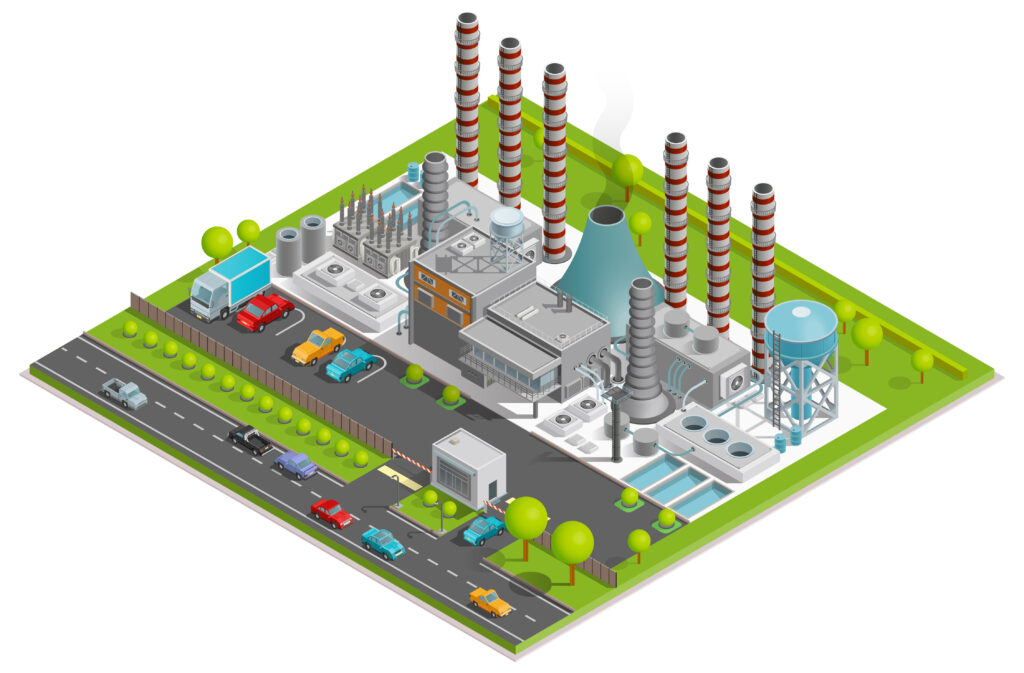Table of Contents

Introduction
Plant 3D Modelling Software has emerged as a revolutionary tool in various industries, transforming the way engineering and design projects are conceptualized, planned, and executed. With its three-dimensional visualization capabilities, collaborative features, and robust data integration, this software has become a cornerstone in modern project management. Let’s delve into the intricacies of Plant 3D Modelling Software, exploring its evolution, key features, industry applications, and the compelling reasons behind its importance.
Evolution of Plant 3D Modelling Software
In the ever-evolving landscape of technology, Plant 3D Modelling Software has undergone a significant transformation. From its humble beginnings to the current state of cutting-edge solutions, the evolution has been fueled by the demand for more efficient and accurate design processes. Technological advancements have played a pivotal role in shaping the capabilities of these software tools.
Key Features and Capabilities
Plant 3D Modelling Software distinguishes itself through a myriad of features and capabilities. The ability to visualize projects in three dimensions provides a depth of understanding that traditional 2D models cannot achieve. Collaboration tools facilitate seamless communication among team members, regardless of geographical locations. Additionally, robust data integration ensures that all project stakeholders are working with the most up-to-date information.
Applications in Engineering and Design
The software’s applications in engineering and design are multifaceted. By streamlining design processes, it reduces the likelihood of errors and enhances overall efficiency. The collaborative nature of the software fosters better communication and coordination among diverse teams, leading to a more cohesive project development environment.
Benefits for Project Management
The benefits of incorporating Plant 3D Modelling Software into project management are substantial. Time and cost savings are achieved through optimized design processes, while risk mitigation strategies are enhanced. Decision-making becomes more informed and efficient, contributing to successful project outcomes.
Industry-specific Use Cases
Different industries benefit from Plant 3D Modelling Software in unique ways. In the oil and gas sector, it aids in the planning and construction of complex facilities. In architecture, it enables architects to create realistic models for clients. In manufacturing, the software enhances the efficiency of production processes.
Challenges and Solutions
While the advantages are evident, challenges such as a learning curve, integration issues, and the need for regular updates and maintenance can arise. However, these challenges are outweighed by the benefits, and ongoing advancements in software development continue to address and mitigate these issues.
Future Trends in Plant 3D Modelling Software
Looking ahead, the future of Plant 3D Modelling Software is marked by exciting trends. The integration of artificial intelligence, the rise of cloud-based solutions, and the inclusion of sustainability features are expected to further enhance the capabilities of these software tools.
Choosing the Right Plant 3D Modelling Software
Selecting the appropriate Plant 3D Modelling Software for a specific project requires careful consideration of various factors. This section explores the key considerations and provides insights into some popular software options available in the market.
Training and Skill Development
The importance of skilled professionals proficient in using Plant 3D Modelling Software cannot be overstated. Training programs are available to equip individuals with the necessary skills, ensuring they can maximize the potential of the software.
Case Studies
Real-world case studies highlight the successful implementation of Plant 3D Modelling Software and the positive impact it has had on businesses. These stories serve as inspiration for organizations considering the adoption of this technology.
User Experience and Feedback
Gaining insights from industry professionals who have used Plant 3D Modelling Software provides a valuable perspective. This section includes reviews and common user experiences, offering a well-rounded view of the software’s usability and effectiveness.
Comparison with 2D Modelling
A comparison between 3D and 2D modelling reveals the distinct advantages that 3D modelling brings to the table. The benefits of three-dimensional visualization in design and project planning are highlighted, emphasizing the shift from traditional 2D models.
Integration with Other Technologies
Plant 3D Modelling Software does not operate in isolation. Integration with other technologies such as the Internet of Things (IoT), Virtual Reality (VR), and Augmented Reality (AR) opens up new possibilities for enhanced project development and management.
Conclusion
In conclusion, Plant 3D Modelling Software has become an indispensable tool in modern project management. Its evolution, key features, applications across industries, and future trends all underscore the vital role it plays in shaping the success of engineering and design projects. Embracing this technology is not just a trend but a strategic move toward efficiency, accuracy, and collaborative success.
List of Plant Design 3D Software
Here is a list of popular 3D software specifically used for plant design in various industries:
- AutoPLANT
- Key Features: Plant design and engineering software that integrates with AutoCAD, used in the oil and gas industry.
- AVEVA PDMS (Plant Design Management System)
- Key Features: Comprehensive 3D plant design software with advanced modeling and engineering capabilities.
- Intergraph SmartPlant 3D
- Key Features: A powerful and integrated 3D plant design tool widely used in the process industry.
- Bentley PlantSpace
- Key Features: Plant design and modeling software that provides a range of tools for project design and documentation.
- CADWorx Plant Design Suite
- Key Features: 3D plant design software with intelligent modeling tools, used in various industries including petrochemical and power.
- AVEVA Everything3D (E3D)
- Key Features: Advanced 3D plant design software with a focus on collaboration and efficiency.
- PDS (Plant Design System)
- Key Features: Plant design and engineering software commonly used in the process and power industries.
- Autodesk Plant 3D
- Key Features: Part of the Autodesk suite, this software offers 3D plant design and engineering capabilities.
- CAESAR II
- Key Features: While primarily a pipe stress analysis tool, CAESAR II integrates with plant design software for comprehensive plant engineering.
- SmartPlant P&ID
- Key Features: Plant and piping design software for creating intelligent P&IDs (Piping and Instrumentation Diagrams).
- PlantSpace Design Series
- Key Features: A suite of plant design tools, including tools for structural design and equipment modeling.
- Plant 4D
- Key Features: A 3D plant design and modeling software with a focus on project collaboration and data management.
- PDMS/E3D
- Key Features: A comprehensive plant design solution that combines PDMS and E3D technologies for enhanced capabilities.
- AVEVA Instrumentation
- Key Features: Specifically designed for instrument and control system design in plant engineering projects.
- Plant Design and Management System (PDMS)
- Key Features: A widely used 3D modeling tool for plant design with a focus on accuracy and interoperability.
When selecting plant design 3D software, consider factors such as industry compatibility, project scale, collaboration features, and integration capabilities with other engineering tools. Each software has its strengths and may be better suited for specific aspects of plant design and engineering.
FAQs
- Is Plant 3D Modelling Software suitable for small businesses?
- Yes, many software options cater to the specific needs and budgets of small businesses.
- How long does it take to learn Plant 3D Modelling Software?
- The learning curve varies, but with dedicated training, individuals can become proficient in a relatively short time.
- Can Plant 3D Modelling Software be used in conjunction with other project management tools?
- Yes, these software tools are designed to integrate seamlessly with various project management applications.
- Are there any industry-specific challenges in implementing Plant 3D Modelling Software?
- Some industries may face specific challenges, but tailored solutions are often available.
- What are the common updates and maintenance requirements for this software?
- Regular updates ensure access to the latest features, and maintenance typically involves addressing any technical issues promptly.

1 thought on “Best Plant Design 3D Modelling Software and It’s Importance”